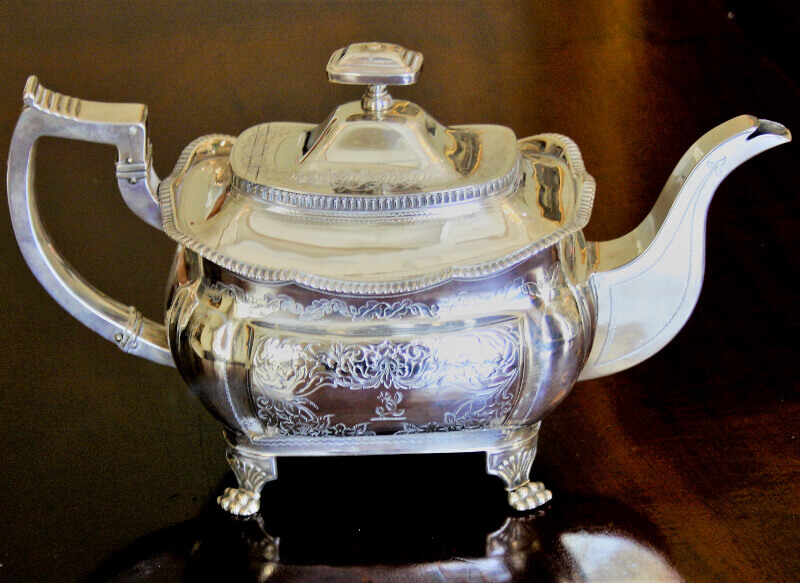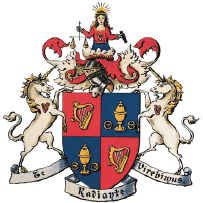Antique plate committee.
When an article is submitted to the Antique Plate Committee (APC) for examination they first decide whether the article complies with the hallmarking laws. If it complies, it is returned as soon as possible after it has been examined. If it does not comply with the law, the APC will take the following actions:

In the Case of Traders
An owner who is a trader must adopt the APC’s recommendation. There are three possible outcomes:
- If the article cannot be brought within the law, it is broken and returned to the trader.
- If the article bears forged or transposed marks, the marks are removed. The article is then assayed and, if up to standard, hallmarked as a modern piece.
- In the case of an article which has unauthorised alterations or additions, the APC will recommend how to bring it within the law if possible by applying a part mark to the additions if they are up to standard and comply with the 1981 Hallmarking Act (Section 12), restoring the article to its original condition by removing unauthorised additions or by removing existing marks and marking as a modern piece.
In the Case of Non-Traders
The APC is confined to articles that have a legitimate or purport to have a legitimate mark of the Dublin Assay Office. Where the owner in not a trader, there are two choices:
- To adopt the APC’s recommendation to bring the article within the law in order that it may be sold.
- To have the article returned with a caution that it must remain in private ownership and cannot be offered for sale. The owner must give this undertaking in writing.
Additional Information
If you require additional information about our Antique Plate Committee please don't hesitate to contact our office.
